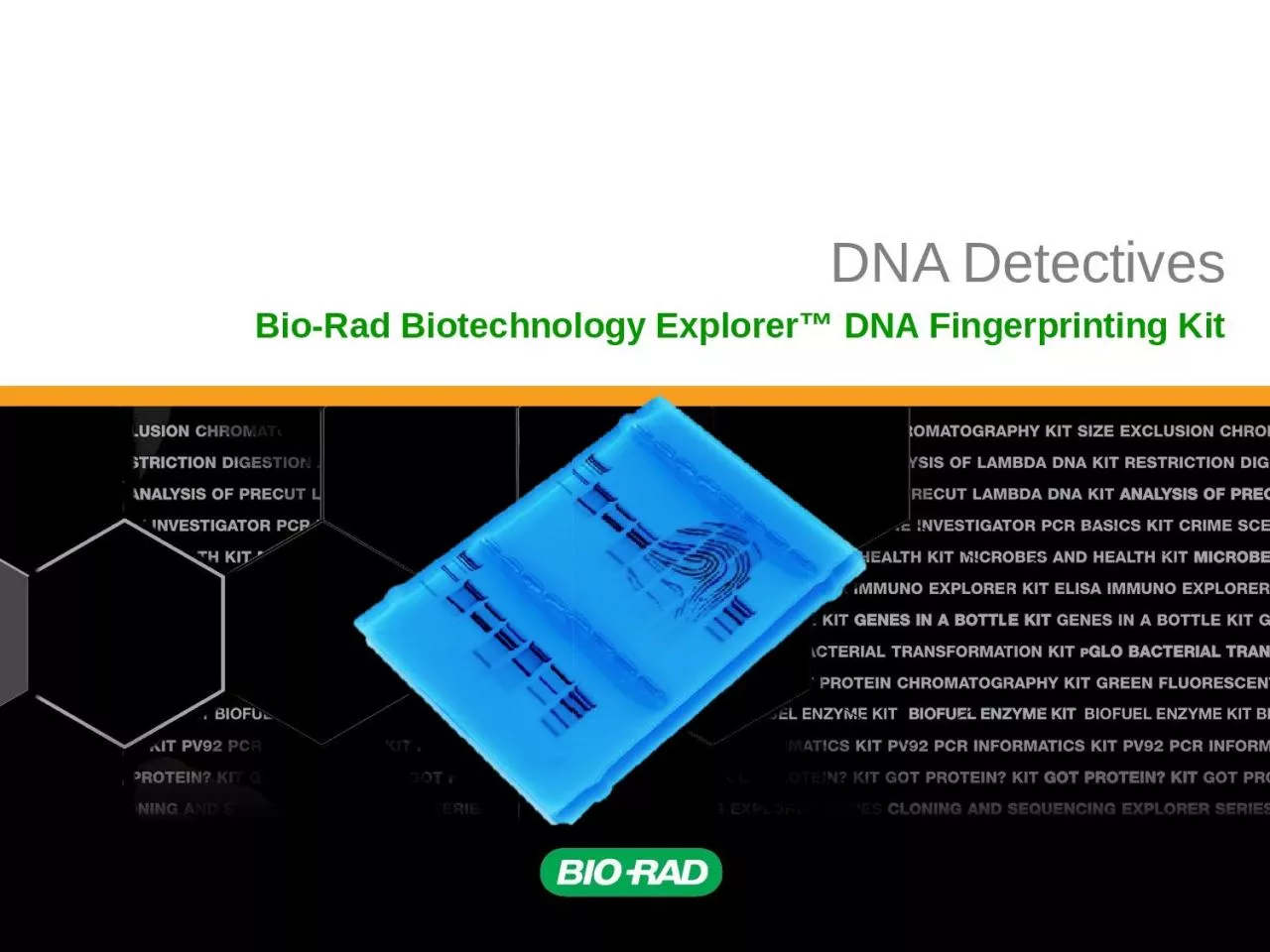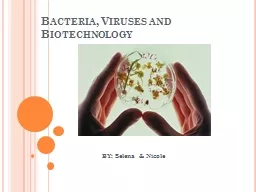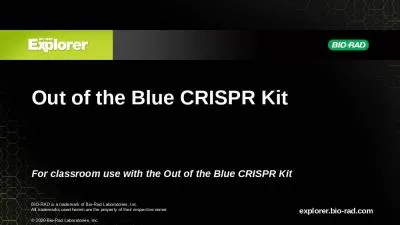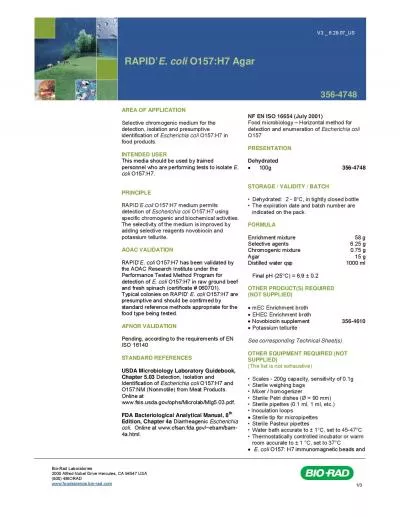PPT-DNA Detectives Bio-Rad Biotechnology
Author : WonderfulWarrior | Published Date : 2022-08-02
Explorer DNA Fingerprinting Kit Crime Scene Have fun setting up your own crime scene Be as elaborate or as simple as you wish Dye Electrophoresis Could you eliminate
Presentation Embed Code
Download Presentation
Download Presentation The PPT/PDF document "DNA Detectives Bio-Rad Biotechnology" is the property of its rightful owner. Permission is granted to download and print the materials on this website for personal, non-commercial use only, and to display it on your personal computer provided you do not modify the materials and that you retain all copyright notices contained in the materials. By downloading content from our website, you accept the terms of this agreement.
DNA Detectives Bio-Rad Biotechnology: Transcript
Download Rules Of Document
"DNA Detectives Bio-Rad Biotechnology"The content belongs to its owner. You may download and print it for personal use, without modification, and keep all copyright notices. By downloading, you agree to these terms.
Related Documents














